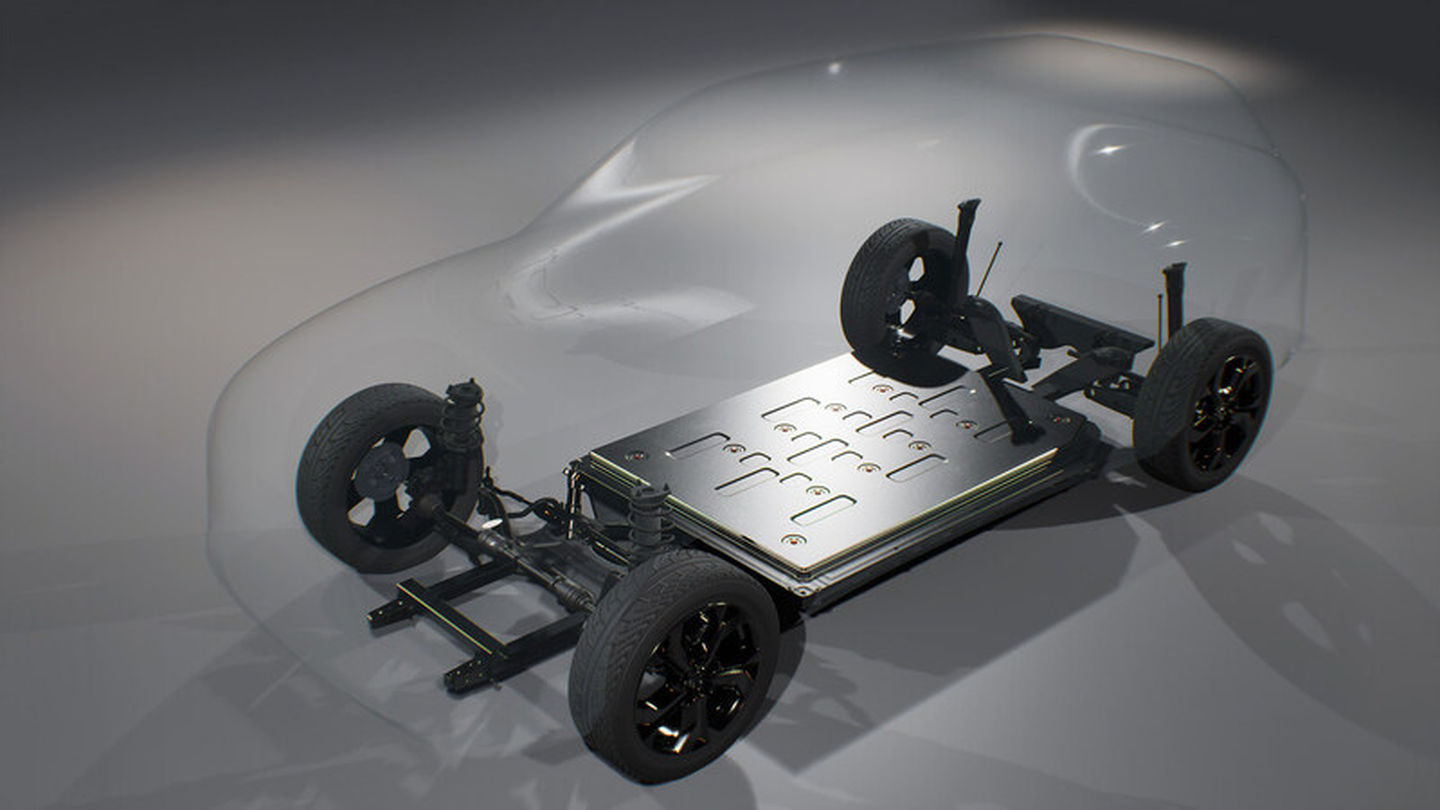5 Innovations Driving the 2027 Mazda Electric Vehicle Platform
April 10 2025,

Mazda's ambitious electrification strategy takes concrete form with their in-house developed electric vehicle platform scheduled for 2027. This foundation represents years of engineering expertise combined with fresh thinking about what makes electric vehicles work for real drivers. The platform isn't just another EV base—it's a comprehensive approach to electric mobility that maintains Mazda's signature driving dynamics while embracing the advantages of electrification.
Set for global introduction after production begins in Japan, this platform will support various vehicle types with different battery configurations. The flexibility built into both hardware and software systems positions Mazda to adapt quickly to evolving technology and changing customer needs. Let's examine the five key innovations that set this platform apart.
Flexible Battery Architecture
The 2027 Mazda electric vehicle platform features a remarkably adaptable battery system that accommodates various cell types and configurations. Unlike platforms locked into a single battery format, Mazda's approach allows the company to integrate different battery technologies as they emerge without redesigning the entire vehicle structure.
This flexibility means your future Mazda EV can be configured with the optimal battery size and chemistry for your driving needs. Need maximum range for frequent long-distance travel? The platform supports larger battery packs. Prefer a more affordable option with adequate range for daily commuting? A smaller battery configuration reduces weight and cost. The battery cells themselves, developed in collaboration with Panasonic Energy Corporation, feature advanced thermal management systems that maintain optimal operating temperatures in all weather conditions, extending battery life and preserving performance.
Advanced Software Integration
The 2027 Mazda electric platform integrates software as a foundational element rather than an afterthought. The vehicle's electronic architecture supports over-the-air updates that can enhance performance, add features, and improve efficiency throughout ownership.
This forward-thinking approach allows your Mazda EV to actually improve over time. Software updates can adjust powertrain calibration for greater efficiency, enhance driver assistance features, and even add entirely new functionality. The system also reduces diagnostic and maintenance complexity for service technicians, streamlining your ownership experience. By treating software as a core component rather than an accessory, Mazda ensures the platform remains technologically relevant long after purchase.
Efficient Manufacturing Process
Mazda's approach to EV production stands apart from competitors who build entirely new manufacturing facilities. By adapting existing mixed-flow production lines, Mazda will reduce initial capital investment by 85% and preparation time by 80% compared to new plant construction.
These efficiencies translate directly to your ownership experience: more affordable vehicles produced with the same quality standards as Mazda's conventional models. The production facilities use Automatic Guided Vehicles (AGVs) that provide flexibility to adjust to changing vehicle types and production volumes. This manufacturing approach ensures consistent build quality and allows Mazda to scale EV production according to demand without massive additional investment.
Driving Dynamics Focus
Mazda's electric vehicle platform preserves the brand's signature driving characteristics through careful engineering of weight distribution, chassis rigidity, and responsive controls. The platform positions battery weight optimally for balanced handling, while the electric drivetrain delivers immediate torque for engaging acceleration.
Your driving experience remains distinctly Mazda, with precise steering feedback and natural vehicle dynamics that connect you to the road. The platform's structure incorporates sound-dampening technology that compensates for the absence of engine noise, creating a cabin environment that's quiet without feeling artificial. Suspension systems tuned specifically for the weight and balance of electric powertrains ensure comfortable ride quality while maintaining Mazda's characteristic handling precision.
Thermal Management Innovation
The 2027 Mazda electric vehicle platform features an integrated thermal management system that coordinates cooling and heating across the battery, motor, and cabin systems. This holistic approach maximizes efficiency by capturing and redistributing heat energy throughout the vehicle.
You'll experience the benefits through extended driving range and faster charging. By maintaining optimal battery temperature, the system preserves battery capacity in extreme conditions and enables more consistent fast-charging performance. The integrated approach also improves cabin comfort by efficiently managing climate control without excessive battery drain. During winter driving, the system can recover heat from the powertrain to warm the cabin, preserving battery energy for driving range when you need it most.
The Future of Mazda Electric Mobility
The 2027 Mazda electric vehicle platform demonstrates how thoughtful engineering creates EVs that enhance the driving experience rather than simply replacing conventional powertrains. These innovations address the practical concerns of electric vehicle ownership while maintaining the connection between driver and machine that defines the Mazda brand.
Ready to see how Mazda's electrification strategy will transform your driving experience? Visit King Mazda today to explore current Mazda models and learn how these upcoming innovations will shape your electric driving future.




